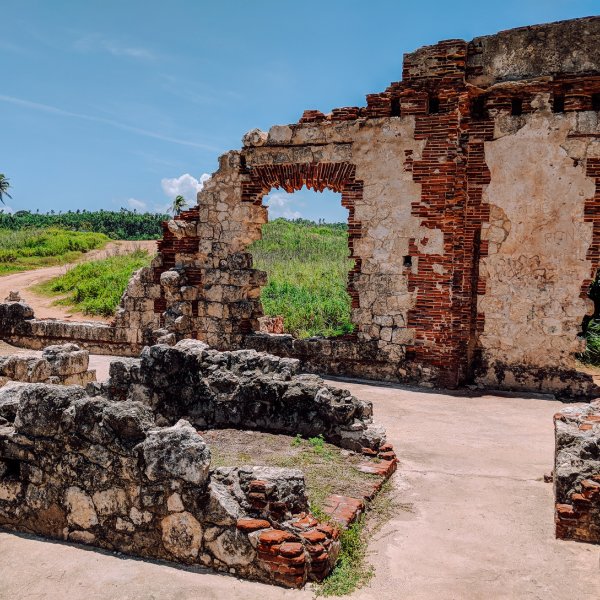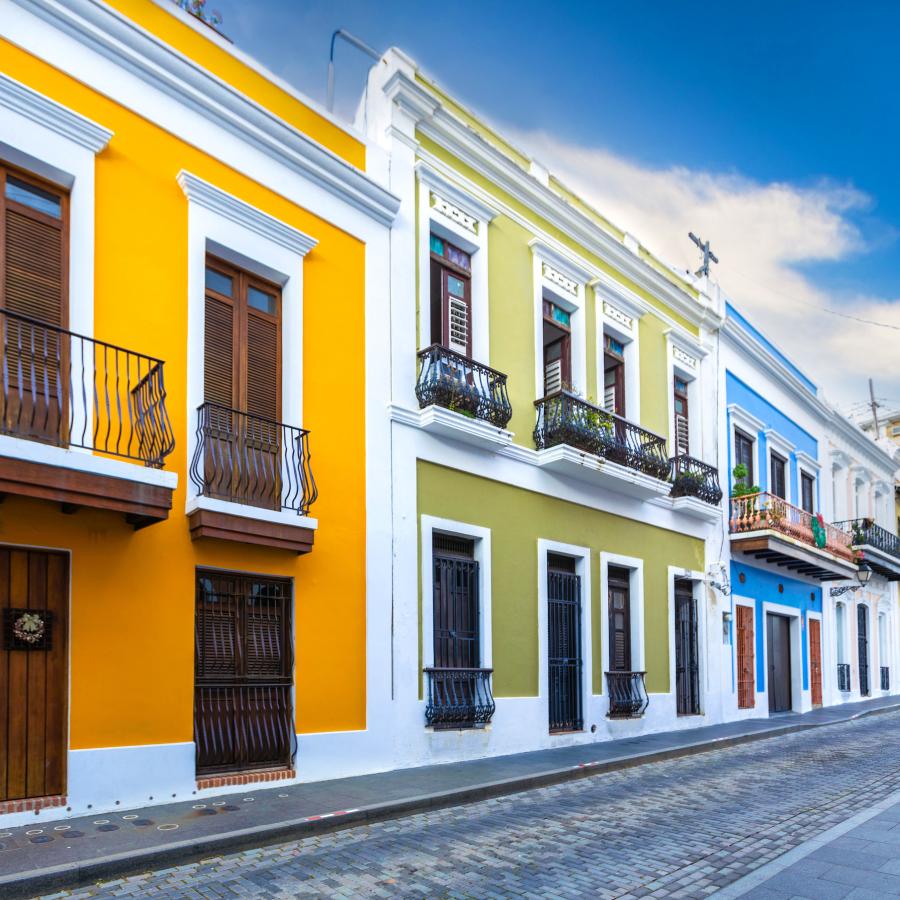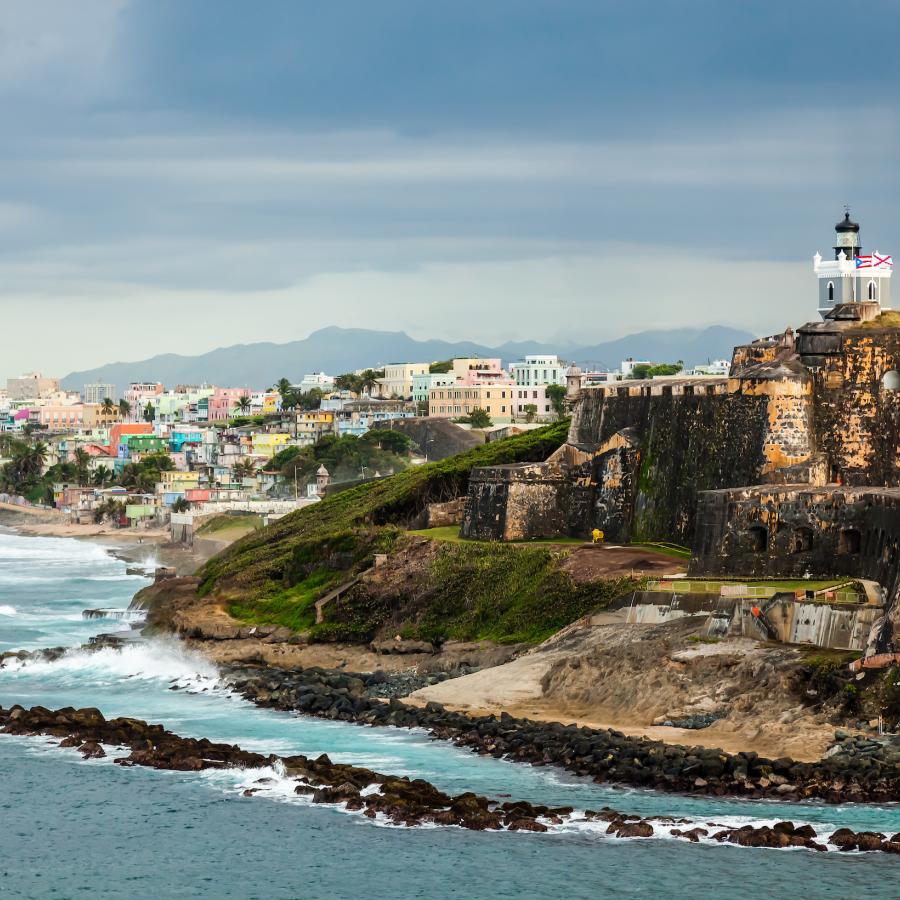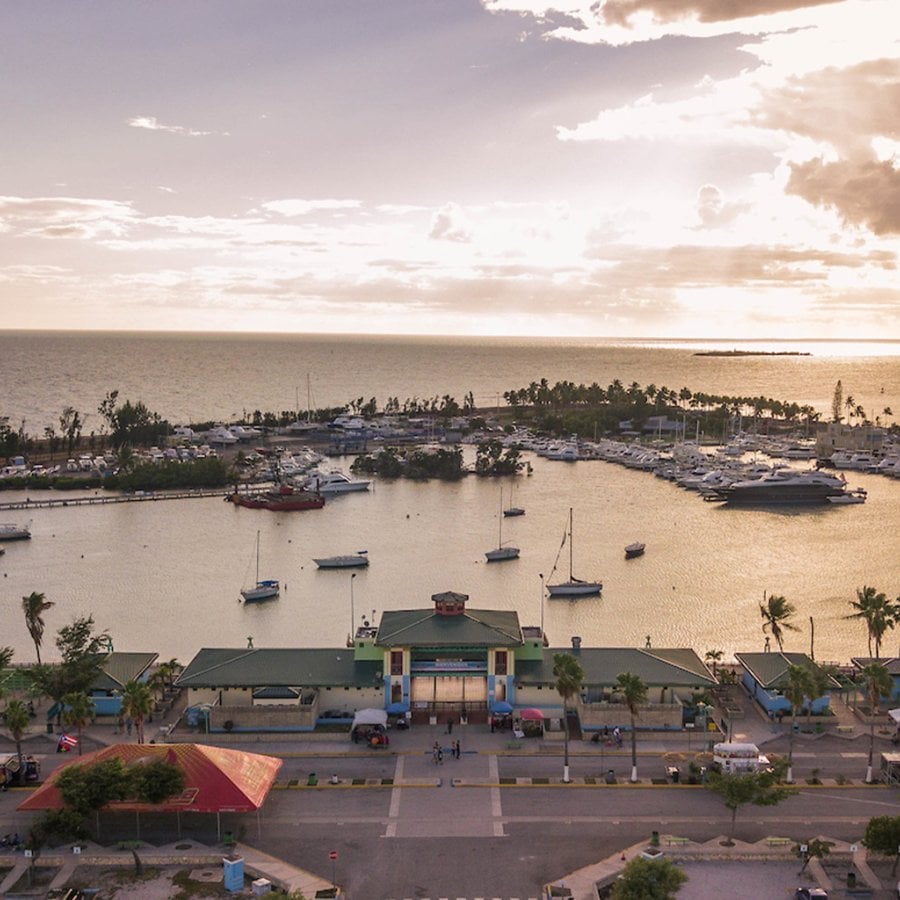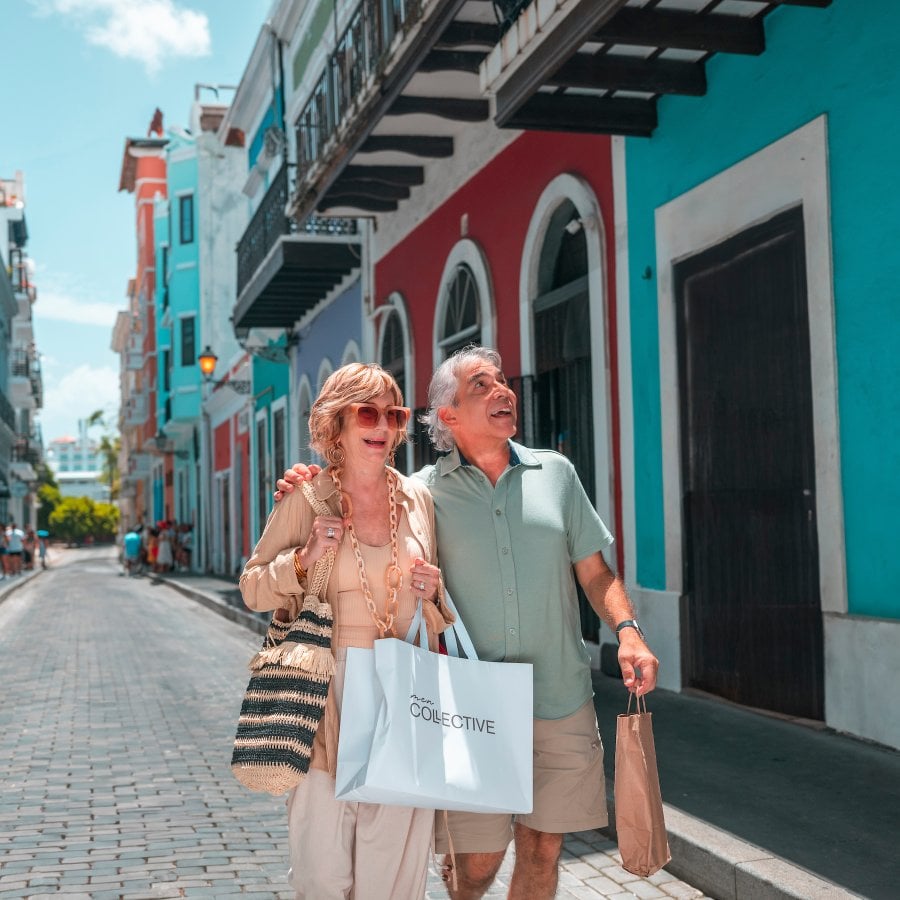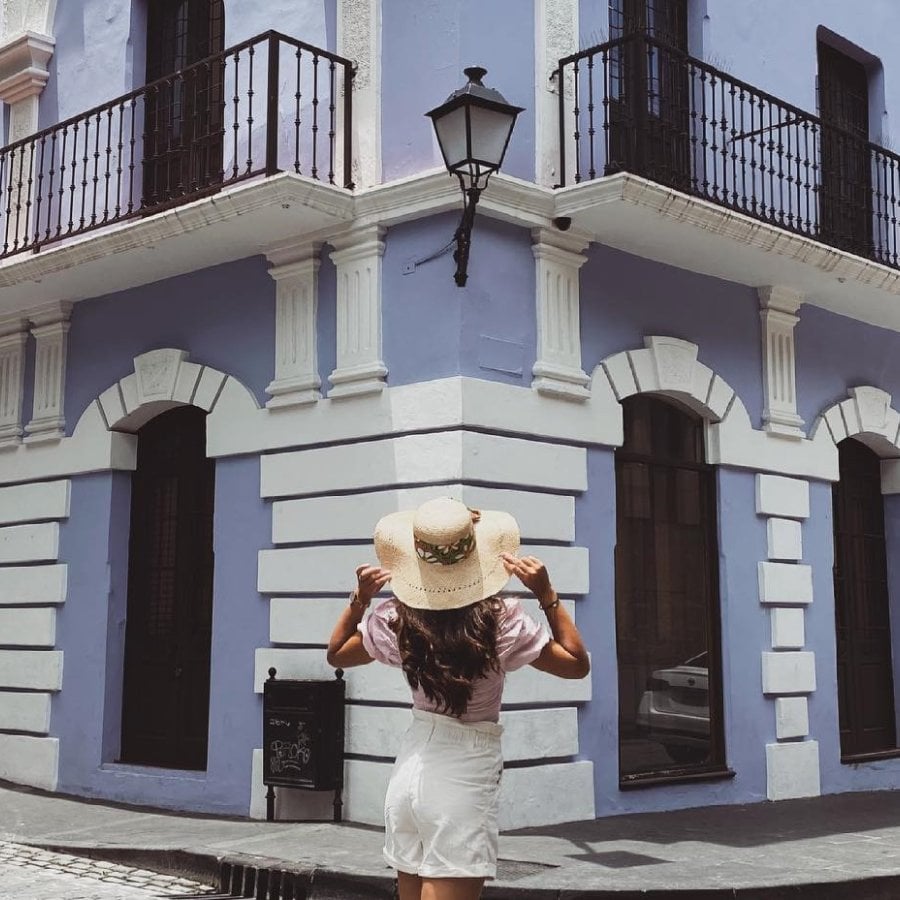Puerto Rico’s history stretches from pre-Columbian civilizations through modern times, including contributions from Taíno, African, and Spanish peoples.
The centuries-old melting pot blends cultures, art, military strategy, pirates, sugar plantations, and more, to make the island a perfect getaway for history lovers. Museums across the island bring to life various historic moments — some focused broadly on the island and others looking at more specific regional events. If history is your thing, check out these museums during your visit.
Museo Casa Cautiño
Guayama
Built in 1882 and finished in 1887, Casa Cautiño is located in the town plaza of Guayama, a one-hour-drive hour from San Juan. This historic house has passed through generations and serves as a witness to Puerto Rico’s rich past and a beautiful example of 19th century urban architecture.
Genaro Cautiño Vázquez, head of the Cautiño’s family, commissioned architect Manuel Texidor to create an elegant residence as a wedding gift to his wife. The result is a home that features a blend between the neoclassical style with touches of Creole architecture that overlooks the town’s public square. A tour through the home, which was occupied by the family for three generations, includes many original paintings, woodwork, sculptures, and furniture pieces that are wonderfully preserved. The house was opened to the public in 1988 and is listed in the U.S. National Register of Historic Places.
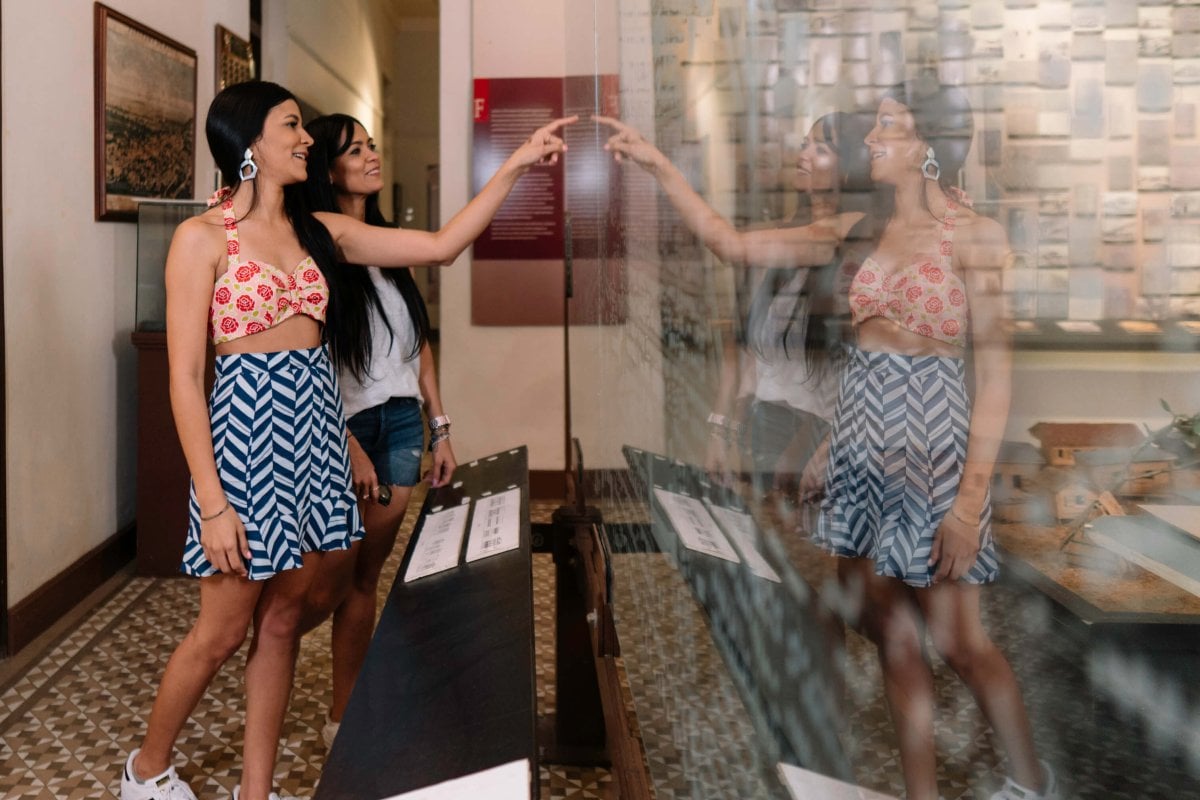
The Museo de la Historic in Ponce was once home to the Salazar family.
Museo de la Historia de Ponce
Ponce
Once the house of the Salazar family, the building that houses the Museo de la Historia de Ponce was built in 1911 and designed by architect Blass Silva Boucher using a neoclassical and Mudéjar style. It became a museum in 1992 in commemoration of the 300th anniversary of Ponce’s founding (1692). Since then, the museum has become one of the most active cultural centers on the island. Its exhibitions provide a look at the historical evolution of the second largest city in Puerto Rico, from the indigenous period to modern times. Topics include the ecology of the area, the growth of the city, its economic development, role in national politics, and more.

Castillo Serrallés: former home of the Serrallés family, owners of the Don Q distillery.
Museo Castillo Serrallés
Ponce
The beautiful Castillo de Serrallés in Ponce is magnificent evidence of the development of the sugar cane and rum industries during the early 20th century. The home of the Serrallés family, owners of the Don Q rum distillery, was at the time considered a “Spanish Revival” mansion. The interior of the house has been preserved so visitors can appreciate the lobby, rooms, patio, and terrace in its original condition, altogether a reminder of the cultural and economic changes that the southern side of the island was experiencing during the time. The permanent exhibition titled "La Hacienda Mercedita" shows the family’s 300-acre sugarcane plantation, where the Snow White sugar brand and Don Q rum were created. Visitors can also enjoy the magnificent landscape and beautiful panoramic views of the city of Ponce and the Caribbean Sea.
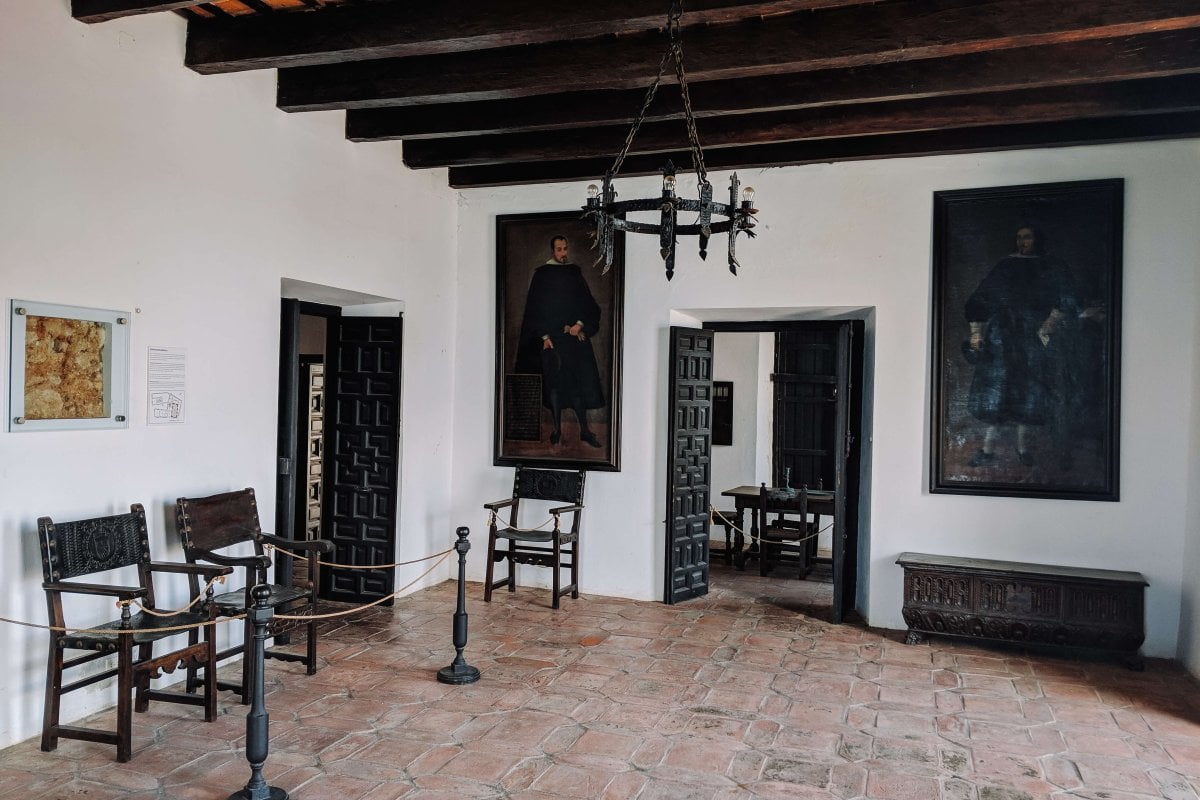
Museo Casa Blanca was once home to Ponce de León’s family.
Museo Casa Blanca
San Juan
Near El Morro in Old San Juan, right around the corner from Casa Blanca and San Sebastián streets, you will find el Museo Casa Blanca, an elegant house that once was home to Ponce de León’s family. The house shows architectural tendencies of the 16th century along with an outstanding view of the Old City with beautiful gardens, living rooms and bedrooms originally used by the family. La Casa Blanca was the first fortification in San Juan. Although Juan Ponce de León himself couldn’t live in the residence, his family did until the mid-18th century. Later, the house was occupied by Spanish and American army commanders. Furniture and artifacts from the 16th and 17th centuries are part of the current exhibition.
Find more things to do in Old San Juan.

Museo de la Américas, located in the Cuartel de Ballajá Barracks in Old San Juan.
Museo de las Américas
Old San Juan
The history and culture of the American continent, with an emphasis on Puerto Rico’s cultural heritage, can be found at el Museo de las Américas in Old San Juan. Located inside of the historic Cuartel de Ballajá, a former barracks for Spanish soldiers, the museum has four permanent exhibitions: Popular Arts in the Americas, African Legacy, El Indio in America, and the Conquest and Colonization, which mark the cultural evolution of what Puerto Rico is today.
The museum displays pottery, musical instruments, basketry, among other relics made in different American countries, as well as the santos de Puerto Rico, which are the saints venerated by Puerto Ricans. There are also temporary exhibits covering a range of topics. The museum is nearby other major historic attractions, including the Fort El Morro, so it’s an easy addition to any history-related itinerary.
Comment Guidelines
We value your thoughts and want to foster a respectful and engaged community. As such, we ask that you adhere to the following guidelines when posting comments
- Please ensure your opinions are expressed respectfully.
- We won’t remove comments that engage in courteous debate but hate speech or any form of profanity will not be tolerated. This also applies to the inappropriate use of emojis or hashtags.
- Do not downvote or dislike a comment simply because you disagree with another person’s views.
- Self-promotion and external links are not allowed and will be removed.
- Avoid sharing private information about yourself or others. Doxing (the act of leaking personal information with harmful intent) is strictly prohibited and will result in a ban.
- Comments that are off-topic will be deleted.

